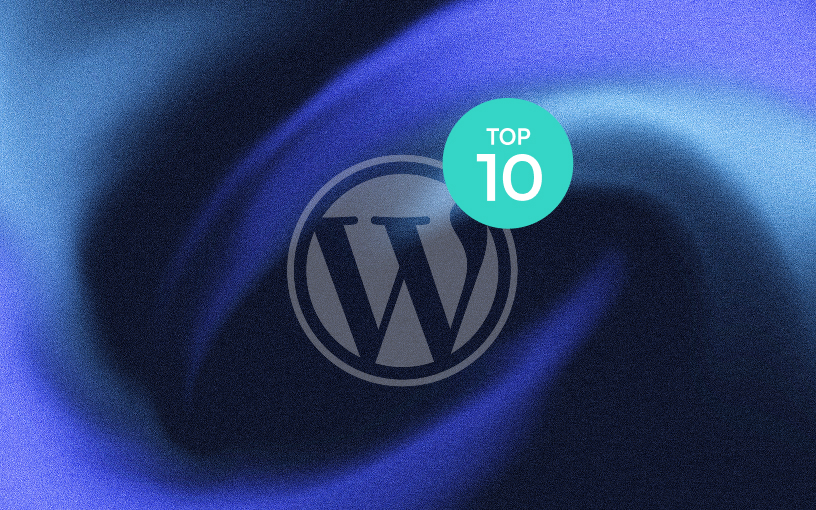The June/July 2025 Google Core Algorithm Update has now fully rolled out.
Most of the commentary you’ll see online comes from US data providers, journalists, and communities, which means UK businesses often get left guessing. Algorithm updates impact different locations and verticals with varying levels of turbulence, so we must remove the noise from the US data to better understand the impact in the UK.
At Marketing Labs, we monitor multiple sources: volatility trackers, industry data, direct client performance, and the UK SEO communities we’re actively part of, to give a clearer picture of what’s really happening here in the UK.
The conclusion this time: yes, there was turbulence, but overall, the impact in the UK was noticeably milder than in the US.
Rollout timeline and intensity
The update ran from June 30 to July 17, lasting around 18 days.
Even after Google declared it officially ‘complete’, we tracked turbulence for at least 10 days afterwards, which is a typical pattern.
In the US, volatility scores peaked at roughly double the levels we saw in the UK, highlighting how disruption here was significantly lower.
What’s changed
One of the standout signals from this update is Google’s growing reliance on new AI-driven systems.
It looks likely that Google has implemented a system called MUVERA, which is designed to understand content more deeply by evaluating it from multiple angles rather than relying on just keywords and links. This hasn’t been confirmed yet.
MUVERA allows Google to match better pages that truly satisfy search intent, even if they don’t look like “traditional” SEO-optimised pages. That’s why we’ve seen smaller, niche sites with highly detailed and experience-driven content rise in visibility, while larger sites relying on thin or generic pages have struggled.
Other changes we’ve seen include:
- Recoveries for some sites (seemingly incorrectly) hit by the September 2023 Helpful Content Update.
- Increased volatility in YMYL sectors (health, finance, legal).
- Growing influence of features like AI Overviews, Discover, and Image Search in visibility shifts.
Comparison with previous updates
This update was more minor in scale than some of the seismic shifts we’ve seen in the last two years.
- The March 2024 update, for example, removed around 45% of low-quality content from search results.
- The November 2023 update overlapped with the reviews system and caused major volatility across affiliate-heavy sites.
- The August 2023 update created sweeping visibility swings for content-driven businesses.
Compared to those, the June 2025 update was noticeable but far from catastrophic, at least in the UK.
Key observations
Not every site was impacted in the same way. YMYL categories felt the most significant changes, with Google once again raising the bar for quality. Sites that improved tended to be those that demonstrated first-hand experience, had well-structured and scannable content, and included helpful visuals.
On the flip side, one typical pattern among declining sites was an over-reliance on AI-generated content. In some cases, this wasn’t even large-scale production, just unoriginal, low-value material that didn’t demonstrate expertise.
Practical takeaways
There’s no need to panic. Fluctuations always follow a core update, and stability takes time. The fundamentals remain the same: valuable content, strong user experience, authoritative link profiles and solid technical health.
For affiliate-heavy sectors, health, finance, and legal industries, closer monitoring is advisable.
Looking ahead
We expect further updates later in 2025. With MUVERA and other AI-driven systems becoming more central to how Google evaluates content, the long-term winners will be the sites that offer genuine expertise, depth, and helpfulness.








